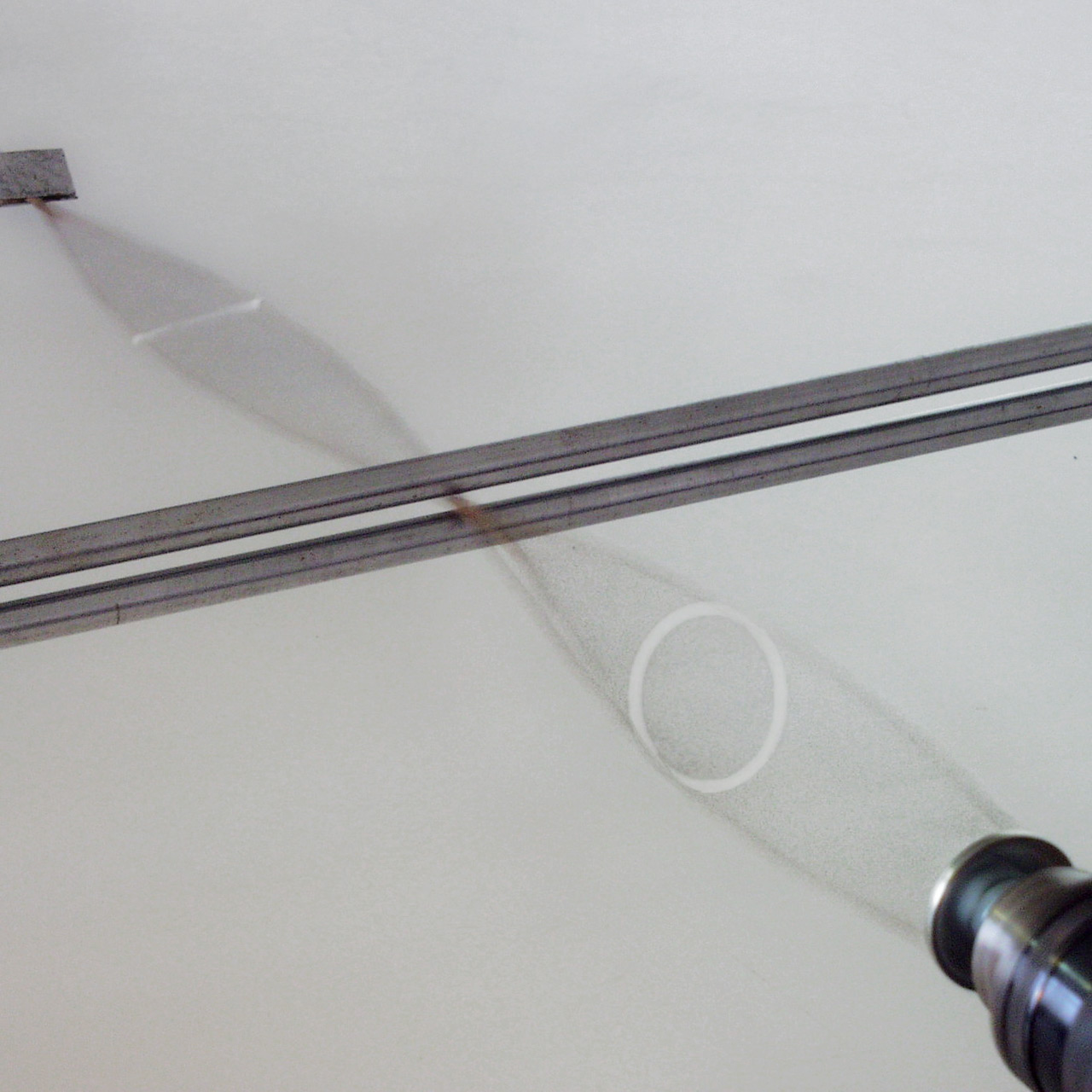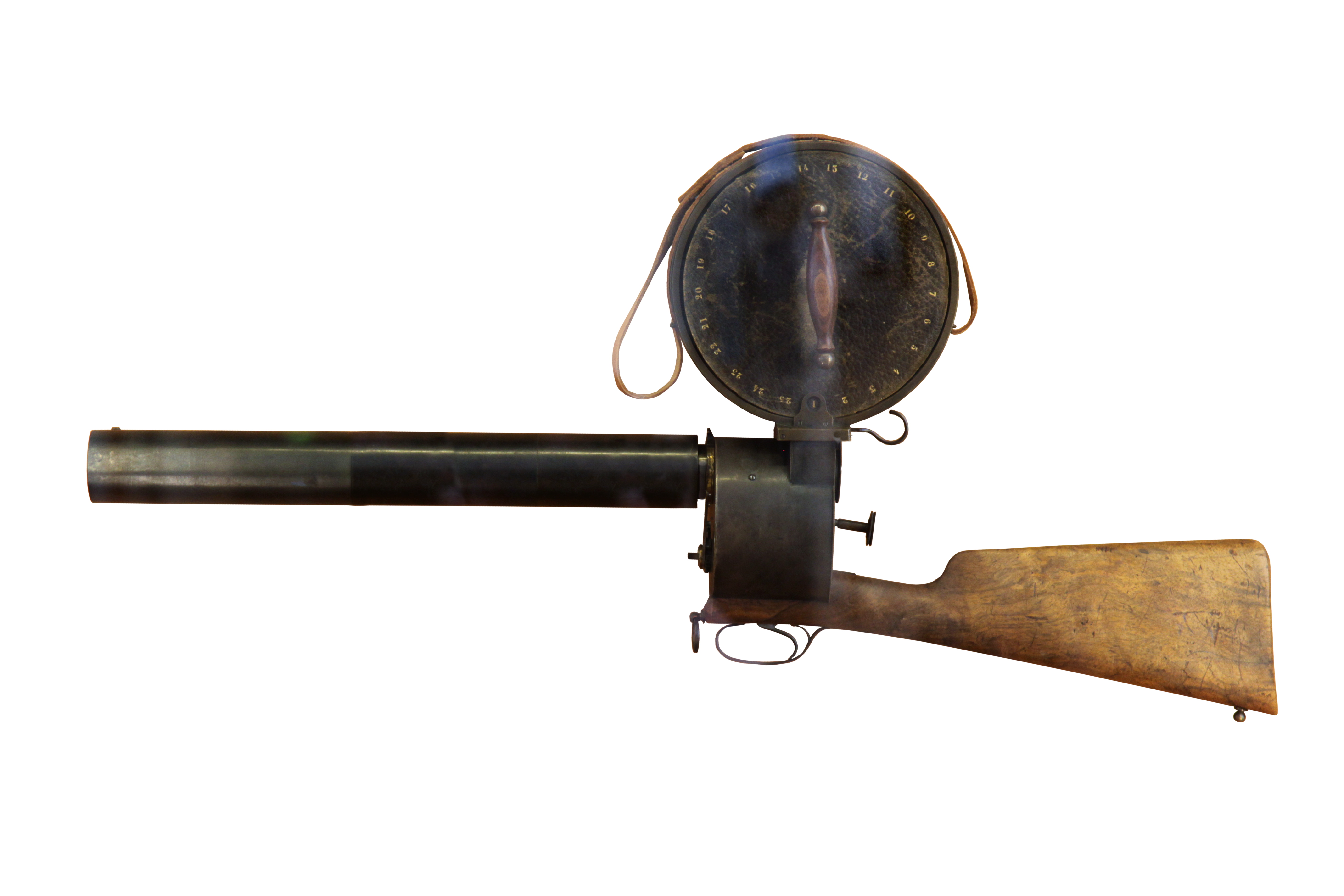|
Night-for-night
In cinematography, night-for-night filming is the practice of actually filming night scenes at night. In the early days of cinema, before the invention of the proper lighting systems, night scenes were filmed " day-for-night"—that is, they were filmed during the day, and the film was "corrected", either with a polarized lens on the movie camera, or via a variety of post-production techniques. Day-for-night shooting is still used in low-budget films. The American television producer Quinn Martin Quinn Martin (born Irwin Martin Cohn; May 22, 1922 – September 5, 1987) was an American television producer. He had at least one television series running in prime time every year for 21 straight years (from 1959 to 1980). Martin is a memb ... was known for heavily utilizing night-for-night filming. References Film and video terminology {{Film-term-stub ... [...More Info...] [...Related Items...] OR: [Wikipedia] [Google] [Baidu] |
Cinematography
Cinematography () is the art of motion picture (and more recently, electronic video camera) photography. Cinematographers use a lens (optics), lens to focus reflected light from objects into a real image that is transferred to some image sensor or Photographic film, light-sensitive material inside the movie camera. These Exposure (photography), exposures are created sequentially and preserved for later processing and viewing as a motion picture. Capturing images with an electronic image sensor produces an Charge-coupled device, electrical charge for each pixel in the image, which is Video processing, electronically processed and stored in a video file for subsequent processing or display. Images captured with photographic emulsion result in a series of invisible latent images on the film stock, which are chemically "Photographic developer, developed" into a Positive (photography), visible image. The images on the film stock are Movie projector, projected for viewing in the sam ... [...More Info...] [...Related Items...] OR: [Wikipedia] [Google] [Baidu] |
Day-for-night
Day for night is a set of cinematic techniques used to simulate a night scene while filming in daylight. It is often employed when it is too difficult or expensive to actually film during nighttime. Because both film stocks and digital image sensors lack the sensitivity of the human eye in low light conditions, night scenes recorded in natural light, with or without moonlight, may be underexposed to the point where little or nothing is visible. This problem can be avoided by using daylight to substitute for darkness. When shooting day for night, the scene is typically underexposed in-camera or darkened during post-production, with a blue tint added. Additional effects are often used to heighten the impression of night. As the light sensitivity of film and video cameras has improved, shooting day for night has become less common in recent years. Techniques Although moonlight is not blue, it appears bluish to the human eye due to the Purkinje effect. Photographers in the late 1 ... [...More Info...] [...Related Items...] OR: [Wikipedia] [Google] [Baidu] |
Polarization (waves)
, or , is a property of transverse waves which specifies the geometrical orientation of the oscillations. In a transverse wave, the direction of the oscillation is perpendicular to the direction of motion of the wave. One example of a polarized transverse wave is vibrations traveling along a taut string, for example, in a musical instrument like a guitar string. Depending on how the string is plucked, the vibrations can be in a vertical direction, horizontal direction, or at any angle perpendicular to the string. In contrast, in longitudinal waves, such as sound waves in a liquid or gas, the displacement of the particles in the oscillation is always in the direction of propagation, so these waves do not exhibit polarization. Transverse waves that exhibit polarization include electromagnetic waves such as light and radio waves, gravitational waves, and transverse sound waves ( shear waves) in solids. An electromagnetic wave such as light consists of a coupled oscillating el ... [...More Info...] [...Related Items...] OR: [Wikipedia] [Google] [Baidu] |
Movie Camera
A movie camera (also known as a film camera and cine-camera) is a type of photographic camera that rapidly takes a sequence of photographs, either onto film stock or an image sensor, in order to produce a moving image to display on a screen. In contrast to the still camera, which captures a single image at a time, the movie camera takes a series of images by way of an intermittent mechanism or by electronic means; each image is a ''frame'' of film or video. The frames are projected through a movie projector or a video projector at a specific frame rate (number of frames per second) to show the moving picture. When projected at a high enough frame rate (24 frames per second or more), the persistence of vision allows the eyes and brain of the viewer to merge the separate frames into a continuous moving picture. History A forerunner to the movie camera was the machine invented by Francis Ronalds at the Kew Observatory in 1845. A photosensitive surface was drawn slowly past the aper ... [...More Info...] [...Related Items...] OR: [Wikipedia] [Google] [Baidu] |
Post-production
Post-production, also known simply as post, is part of the process of filmmaking, video production, audio production, and photography. Post-production includes all stages of production occurring after principal photography or recording individual program segments. The traditional first part of the post-production process, non-linear (analog) film editing, has mostly been replaced by digital or video editing software, which operates as a non-linear editing (NLE) system. The advantage of non-linear editing is the ability to edit scenes out of order, thereby making creative changes at will. This flexibility facilitates carefully shaping the film in a thoughtful, meaningful way for emotional effect. Once the production team is satisfied with the picture editing, the editing is said to be ''locked''. At this point the turnover process begins, in which the picture is prepared for lab and color finishing, and the sound is ''spotted'' and turned over to the composer and sound desi ... [...More Info...] [...Related Items...] OR: [Wikipedia] [Google] [Baidu] |
Quinn Martin
Quinn Martin (born Irwin Martin Cohn; May 22, 1922 – September 5, 1987) was an American television producer. He had at least one television series running in prime time every year for 21 straight years (from 1959 to 1980). Martin is a member of the Television Hall of Fame, having been inducted in 1997. Early life Born on May 22, 1922, in New York City, Martin was the second of two children. His father, Martin Goodman Cohn, was a film editor and producer at the studios of Metro Goldwyn Mayer; his mother was Anna Messing Cohn. He was of Jewish descent. From the age of 4, he was raised in Los Angeles, California. He graduated from Fairfax High School, then served five years in the United States Army during World War II, enlisting in the Signal Corps at Fort MacArthur in San Pedro, California on September 10, 1940, and achieving the rank of sergeant. He later changed his name to Quinn Martin. While attending the University of California at Berkeley, Martin majored in En ... [...More Info...] [...Related Items...] OR: [Wikipedia] [Google] [Baidu] |



